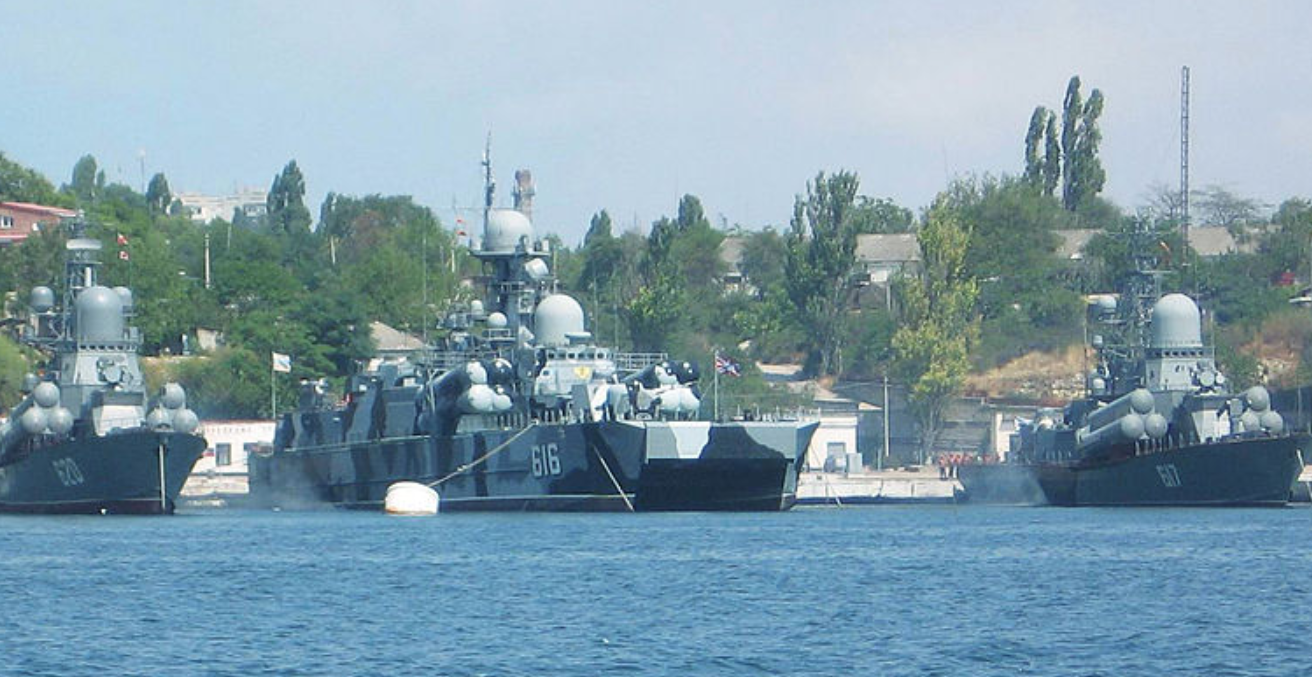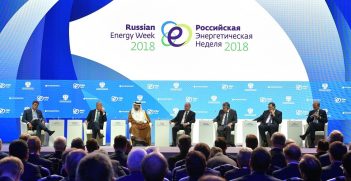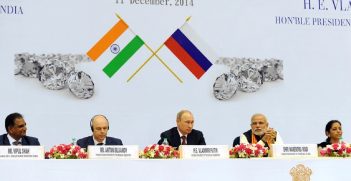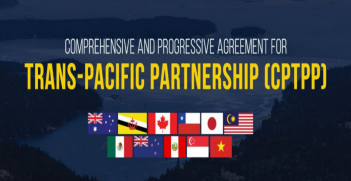Remember the Red Star? Russian Military Power in the Indo-Pacific

Recent geostrategic developments show the need for Australia to acknowledge Russia as an important strategic player in the region.
It is early December 2018. A task group of the Russian Pacific Fleet (RUSPAC) has left the Changi naval base in Singapore heading for India. A few days before, another Russian naval task group sets out, this time part of the Northern Fleet engaged with the Pakistani navy in joint counter-piracy exercise Arabian Monsoon 2018 in the northern sector of the Arabian Sea.
The Russian naval visit to Pakistan in late November 2018 occurred at a time when an army unit of the Russian Eastern Military District (a regional command responsible for the defence of eastern Siberia and the Far East and operations across the Pacific) was participating in the annual Indra military exercise with elements of the Indian Army.
While Canberra is currently preoccupied with keeping a close eye on China’s rapid military build-up, another major military power has wasted no time in making its presence in our part of the world felt.
Canberra’s current disregard for Russia as a power factor in the Indo-Pacific geopolitical system are based on post-Cold War assumptions that Moscow could not influence the regional geostrategic landscape because of its reduced military power and limited economic engagement with the region. None of the recent Australian Defence White papers, including the 2016 edition, considered Russia as a military power worth recognising, or even referring to.
Perhaps, these assumptions were true in the 1990s or even 10 years ago. Current strategic realities are different.
In the 2000s, the Russian military began gradually rebuilding its combat potential. Under President Vladimir Putin’s leadership, the once cash-strapped national military machine received a massive financial boost and, more importantly, full political support, which remains unchanged to date.
Russia is ranked as the world’s second military power, with the world’s most potent strategic and tactical nuclear deterrent capability, highly-motivated and combat-experienced conventional forces and some global power projection capabilities. Its status of the world’s second most potent military power improves Russia’s overall power ranking.
After years of decline and neglect, Russian military power in Asia and the Pacific is making a major qualitative leap. New military hardware has been progressively fielded by units and combat formations of the Eastern Military District since 2013. By 2019, forces of the District will receive a total of more than 6,240 items of new and upgraded armaments and heavy equipment, including main battle tanks, tactical missiles, heavy artillery systems, air defence systems, radars, electronic warfareand aircraft. For example, by mid-2018 Russian air force units deployed in the Far East received some 300 new and modernised fixed wing and rotary aircraft, approximately the total strength of the Royal Australian Air Force.
The RUSPAC, Russia’s main instrument of power projection into the Indo-Pacific, is expected to receive some 70 new warships and auxiliaries, including 11 nuclear-powered and diesel-electric submarines and 19 new surface warships. By way of comparison, the Royal Australian Navy expects to receive 12 new diesel-electric attack submarines and over 20 surface combatants.
The Russians are showcasing their ability to exercise military power in a variety of ways. From late August to mid-September 2018, the Russian military carried out the most impressive and ambitious wargames in its modern history, the Vostok 2018 strategic manoeuvres, Russia’s single largest demonstration of its military power over the past 37 years. According to the Russian Ministry of Defence, the wargames involved 297,000 personnel, more than 1,000 fixed wing and rotary aircraft in addition to a significant number of unmanned aerial vehicles, around 36,000 items of heavy military equipment, and approximately 80 warships and auxiliaries.
The exercises signalled that Russia is readying itself for a possible confrontation with a large, technically sophisticated military force, reinforcing Putin’s perceived intention to reassert Russia’s status as a global power.
Russia continues to be one of the two principal providers of advanced military technology in the Indo- Pacific. In 2017, Russia was supplying 52 countries and foreign defence orders totalled US$45 billion, effectively retaining the number-two position in global arms sales. Over 60 per cent of Russian arms exports go to Asian countries, among them India, China, Vietnam, Myanmar, Indonesia, Malaysia, Pakistan, Thailand, Sri Lanka and the Philippines. Southeast Asia accounts for 43.1 per cent of Russian arms sales. Russian-made systems such as variants of the Sukhoi aircraft, S-400 air defence systems and Type 636.3 diesel attack submarines are supplied to a number of regional clients and provide them with advanced military capabilities.
Besides close security and defence relations with China, India and, more recently, Pakistan, Russia is very active in developing robust security and defence cooperation with members of the Association of Southeast Asian Nations (ASEAN), Sri Lanka and Fiji. Moscow sees opportunities in military-technological and maritime security cooperation, peacekeeping, search and rescue, disaster relief, combating organised crime and counter-terrorism.
Russia’s growing strategic ties with Beijing should be closely followed by Canberra. The Chinese military uses every opportunity to learn from the experienced Russian armed forces. The People Liberation Army’s participation in Vostok 2018 under Russian command offered an opportunity to learn first-hand from a battle-hardened major military force. In contrast with western militaries, Russia’s is willing to share its extensive experience in planning and staging large-scale defensive and offensive operations with China.
Despite all these key indicators, Russia is the only major military power with which Australia has no formal or informal military-to-military contacts, even for the simple purpose of understanding Russia’s activities and intentions. The Australian Defence Force (ADF) has established links with the People’s Liberation Army and other militaries that influence the regional and global strategic balance. Australia pursues active security and defence engagements with countries that either have close strategic ties with Russia, such as India or Vietnam, or are in the process of developing them (ASEAN, Pakistan and others).
Russia’s activities in Australia and its vicinity cannot be ignored. In early December 2017, Russia’s Long-Range Aviation strategic bomber force carried out limited operations close to Australia’s northern approaches. Operations of Russian strategic bombers from the Indonesian airfield in Biak forced the ADF elements in the Darwin area to operate at “increased readiness”.
Australia’s strategic alliance with the United States, including joint defence facilities and intelligence sharing has put the ADF’s defence capabilities on Moscow’s radar. Canberra’s tough stance on some key issues such as the crisis in Ukraine and the downing of MH17 has been noted. Russia’s support for the Assad regime in Syria, foreign interference and the Salisbury incident complicate relations further. While Australia is by no means a priority for Russia, it is being viewed as a geopolitical and security rival. The time has come to acknowledge a great military power north of the Great Wall.
Dr Alexey Muraviev is Associate Professor of National Security and Strategic Studies at Curtin University.
This article is based on his presentation at AIIA VIC on 19 November 2018.
This article is published under a Creative Commons Licence and may be republished with attribution.





